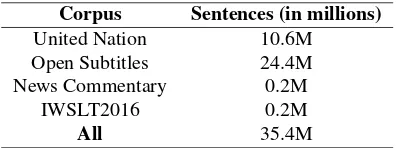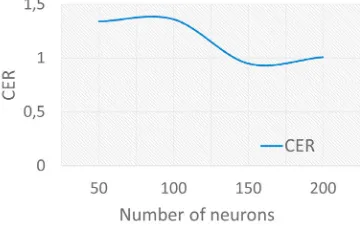Arabic machine transliteration using an attention based encoder decoder model
Full text
Figure
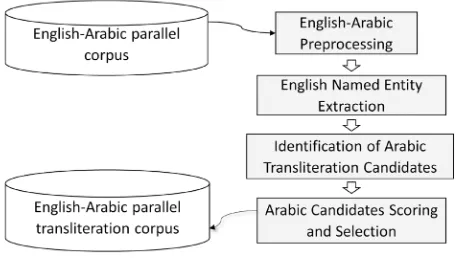

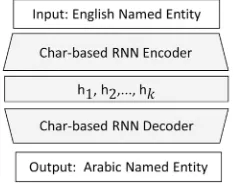
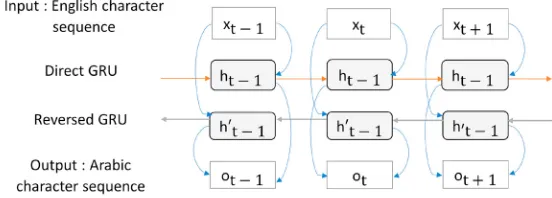
Related documents
• Artificial Neural Networks are non-linear mathematical models which incorporate a layer of hidden “nodes” connected to the input layer (covariates) and the output. Output
21 However, we modified the positive Ach provocation test criteria for patient safety and ef- ficacy, as published elsewhere; and in the present study, signifi- cant CAS was
This suggests that, presence of proactive personality facilitate academics to perceive the individual factors, organizational factors and other factors in a favorable
A Monthly Double-Blind Peer Reviewed Refereed Open Access International e-Journal - Included in the International Serial Directories1. Page
The following data were collected from the patient re- cords: age, gender, affected limb, duration of diabetes, time period of protected weightbearing, date of first diagnosis of
NIR models included NIRM1 (modafinil lactose dilu- tion), NIRM2 (modafinil excipients dilution), NIRM3 (modafinil excipients sequential addition), NIRM4 (mod- afinil powdered
This study demonstrated that the adapted mindfulness intervention is feasible in terms of recruitment, retention, attrition and acceptability, for people with mild to
It has been found that the forward stepwise approach performs greedy optimisation in the sense that each time the best model term is greedily (where the least-squares estimation
